Asia will post its biggest net refining capacity addition in three years in 2017, further boosting demand for crude in the world's biggest and fastest growing oil consuming region.
New and expanded refineries from China to India will offset closures in Japan, adding a net 450,000 barrels per day of crude processing capacity in 2017, the highest since 2014, energy consultancy Wood Mackenzie says, Reuters reported.
The increase amounts to about an additional 1.5% of refining capacity on top of Asia's total installed capacity of nearly 29 million bpd, Thomson Reuters Eikon data shows.
"Heavy crude demand in particular is expected to rise in 2017 as more Asian facilities undergo upgrading and new ... refineries come online," said Sushant Gupta, WoodMac's Asia research director for refining.
The rise in capacity will tighten Asia's crude market as it coincides with planned output cuts by oil producers like the Organization of Petroleum Exporting Countries and Russia in a bid to end oversupply and prop up prices. China National Offshore Oil Corp plans to start a new 200,000-bpd refinery in southern China, while PetroChina aims to start a 260,000-bpd refinery in Yunnan, pending talks with the Myanmar government.
Chinese independent refiners are also expected to import an extra 200,000-400,000 bpd of crude, research consultancy Energy Aspects estimates, and an upgrade by Taiwan's CPC at its Talin refinery will raise crude and condensate demand by 100,000 bpd. These additions will more than offset a 400,000 bpd decline in refining capacity in Japan by early April due to shrinking local demand, according to Wood Mackenzie.
To meet Asian demand, Iraq has already inked new Basra Heavy deals, while Iran expects to complete a pipeline and terminal to export a new grade of heavy crude, known as West Karun, next year.




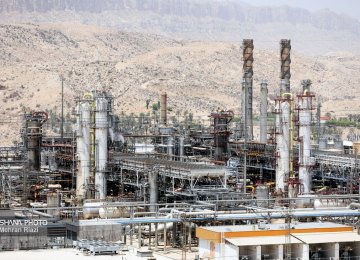
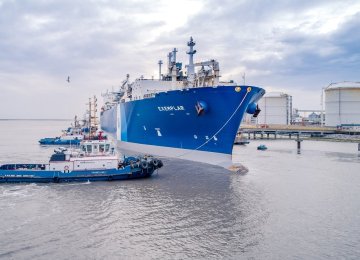
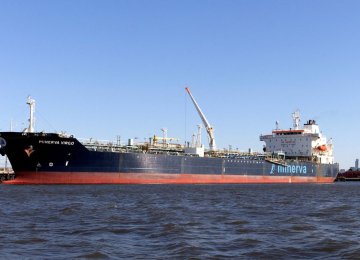
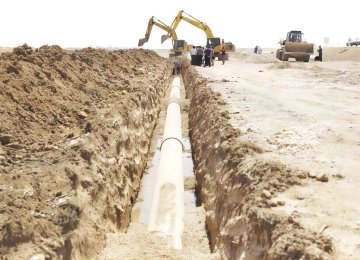
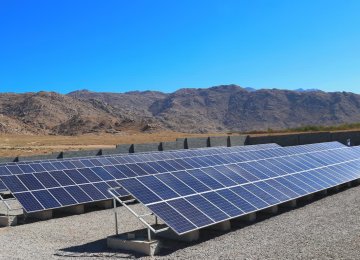


Add new comment
Read our comment policy before posting your viewpoints